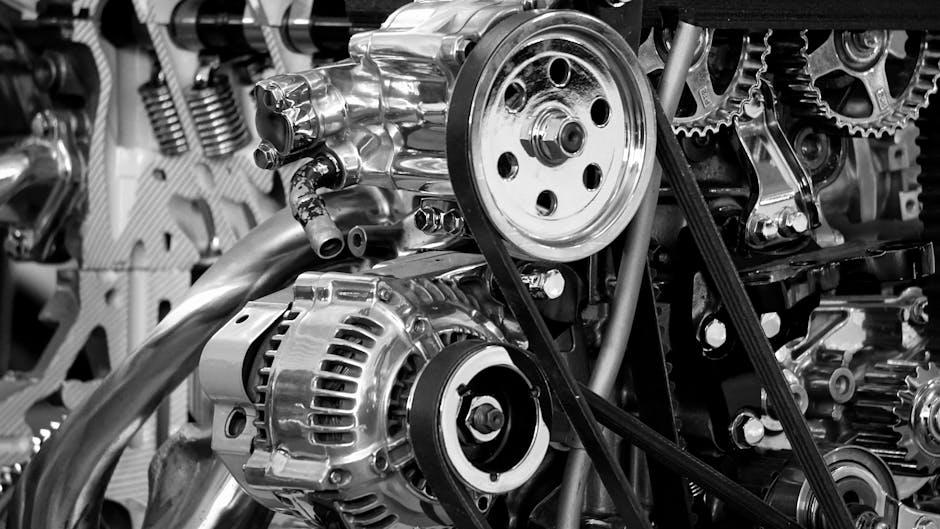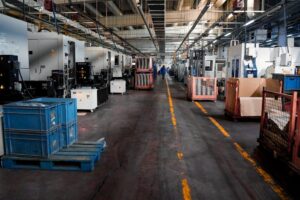How Predictive Maintenance Reduces Downtime in Manufacturing
In today’s competitive manufacturing landscape, minimizing operational downtime is more critical than ever. Unexpected equipment failures can trigger costly production halts, reduce throughput, and impact overall profitability. This is where predictive maintenance steps in as a game-changer-using advanced data analytics and IoT technologies, manufacturers can anticipate equipment issues before they happen, effectively reducing downtime and optimizing productivity.
What Is Predictive Maintenance?
Predictive maintenance (PdM) refers to the use of data-driven insights from sensors, machine learning algorithms, and real-time monitoring to predict when equipment is likely to fail or require maintenance. Instead of relying on fixed schedules or reactive repairs, PdM allows manufacturers to address problems exactly when needed, preventing unexpected breakdowns and costly stoppages.
How Predictive Maintenance Works in Manufacturing
The core of predictive maintenance revolves around continuous monitoring of machine health metrics, including vibrations, temperature fluctuations, acoustic emissions, oil quality, and more. Here’s a simplified process:
- Data Collection: Sensors embedded in equipment gather operational data 24/7.
- Data Analysis: Advanced algorithms analyze trends and detect anomalies signaling wear or impending failure.
- Prediction: Predictive models estimate remaining useful life or when maintenance intervention is required.
- Action: Maintenance is scheduled proactively only when necessary, optimizing resource use and reducing downtime.
Benefits of Predictive Maintenance in Reducing Downtime
Implementing predictive maintenance comes with numerous advantages that directly impact downtime levels and overall operational efficiency:
- Early Detection of Failures: Identify subtle signs of equipment stress before failure occurs.
- Minimized Unplanned Downtime: Repair scheduling becomes precise, preventing unexpected breakdowns.
- Cost Savings: Avoid expensive emergency repairs and reduce spare parts inventory costs.
- Optimized Maintenance Scheduling: Maintenance tasks are performed only when needed, limiting disruptions.
- Improved Equipment Lifespan: Timely interventions prevent extensive damage and extend machinery life.
- Enhanced Production Quality: Stable performance reduces defects caused by deteriorating equipment.
Key Metrics Improved by Predictive Maintenance
| Metric | Before PdM | After PdM Implementation | Impact |
|---|---|---|---|
| Equipment Downtime | 15% of production hours | 5% of production hours | ↓ 67% downtime reduction |
| Maintenance Costs | $250,000 annually | $160,000 annually | ↓ 36% cost savings |
| Production Output | 10,000 units/month | 12,000 units/month | ↑ 20% increased output |
| Unexpected Failures | 12 per year | 3 per year | ↓ 75% fewer failures |
Real-World Case Study: Predictive Maintenance in Action
One notable manufacturer of automotive parts integrated predictive maintenance across their production lines. Prior to PdM, they faced frequent motor and conveyor belt failures causing costly downtime. After deploying IoT sensors connected to a centralized analytics platform, they were able to:
- Detect early signs of bearing wear and schedule timely replacements.
- Reduce emergency repairs by 60% in the first year.
- Increase overall equipment effectiveness (OEE) by 18%.
- Lower maintenance labor hours by 25%, reallocating staff to improvement projects.
This case perfectly illustrates how predictive maintenance reduces downtime and drives operational excellence.
Practical Tips for Implementing Predictive Maintenance
Getting started with predictive maintenance may seem daunting, but following these steps can help you unlock its benefits smoothly:
- Start Small: Identify critical equipment with high downtime costs and implement PdM on those first.
- Invest in Sensors and IoT: Deploy reliable sensors that monitor key parameters suited to your machinery.
- Leverage Data Analytics: Use machine learning and AI-driven software for accurate failure predictions.
- Train Your Team: Ensure operators and maintenance staff understand the PdM system and how to interpret alerts.
- Align Maintenance Schedules: Integrate PdM-driven data with your existing maintenance management system for streamlined workflows.
- Continuously Improve: Regularly review PdM outcomes and refine algorithms and sensor placements for better predictions.
Common Challenges & How to Overcome Them
While predictive maintenance delivers impressive results, there are potential hurdles manufacturers may face:
- Data Overload & Complexity: Solution: Implement user-friendly dashboards and focus on actionable insights.
- High Initial Investment: Solution: Calculate ROI with pilot projects and highlight long-term cost savings.
- Resistance to Change: Solution: Engage your workforce early and demonstrate clear benefits of PdM.
- Integration with Legacy Systems: Solution: Choose flexible tools that support existing infrastructure or plan phased upgrades.
Conclusion: Embrace Predictive Maintenance to Minimize Downtime
Reducing downtime is essential for maintaining the competitive edge of any manufacturing operation. Predictive maintenance offers a powerful, data-driven approach to managing equipment health that sharply decreases unexpected failures and production stoppages. By adopting predictive maintenance practices, manufacturers can realize substantial savings, improve productivity, and ensure higher-quality outputs.
Investing in sensors, analytics, and training pays off with long-term operational excellence. Begin with critical assets, set clear goals, and build your predictive maintenance program strategically. The days of “fix-it-when-it-breaks” are behind us-smarter, predictive maintenance methods are now the key to unlocking consistent uptime and maximizing manufacturing profitability.











